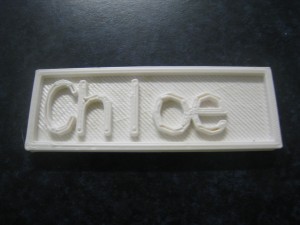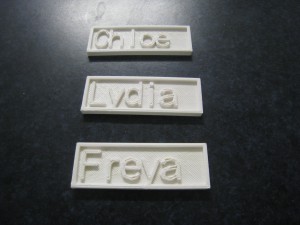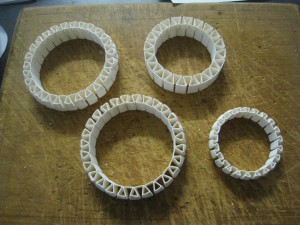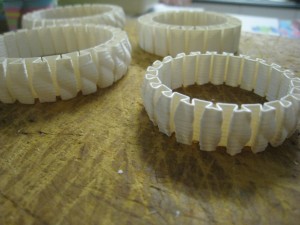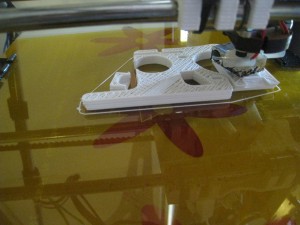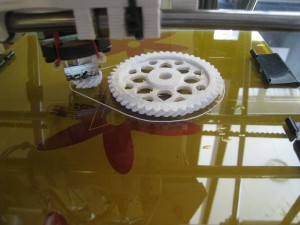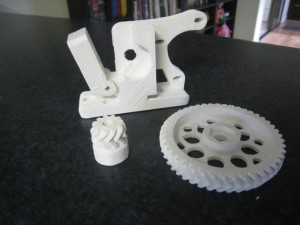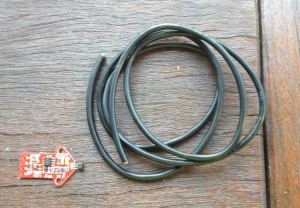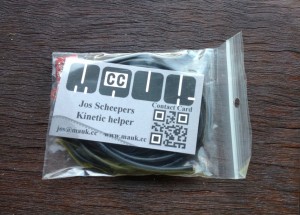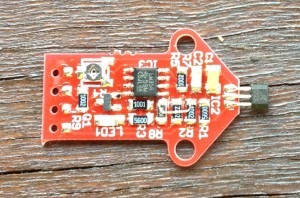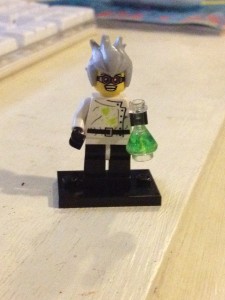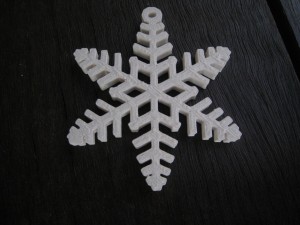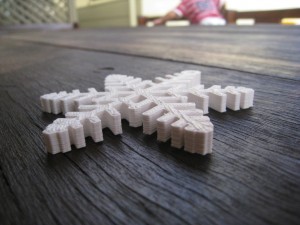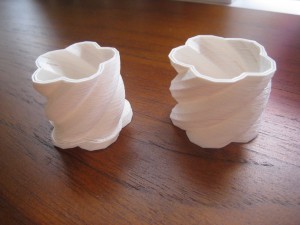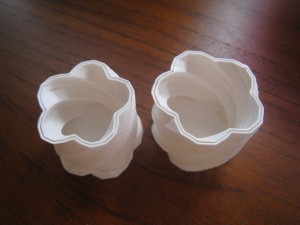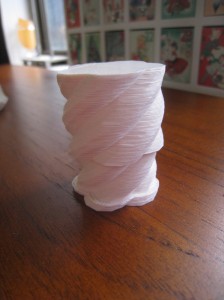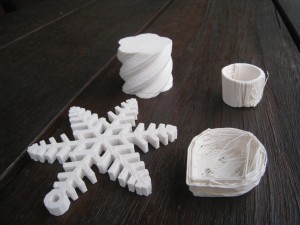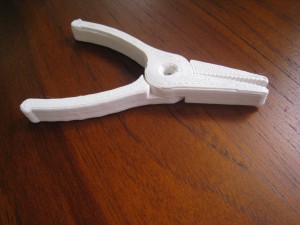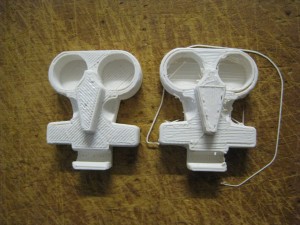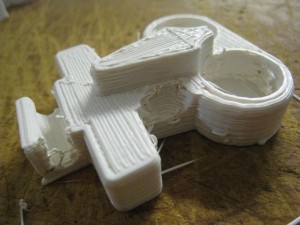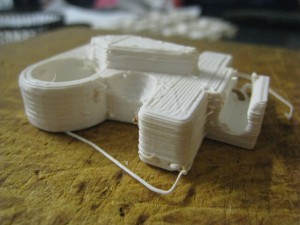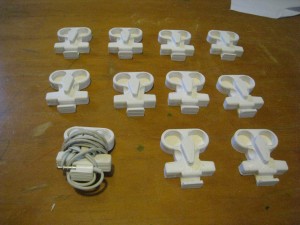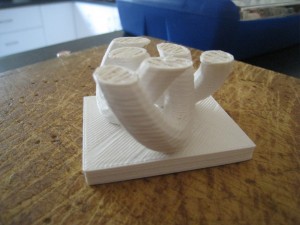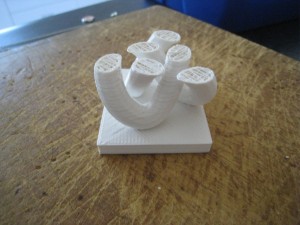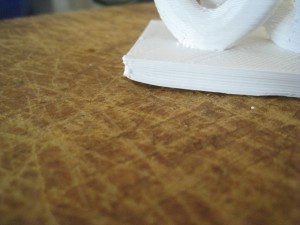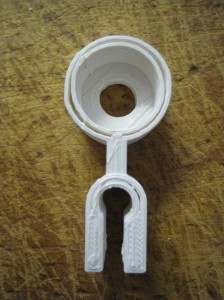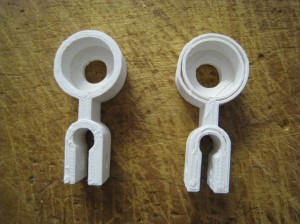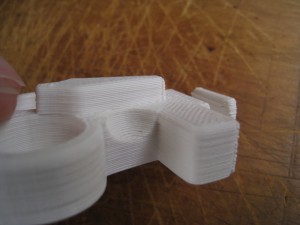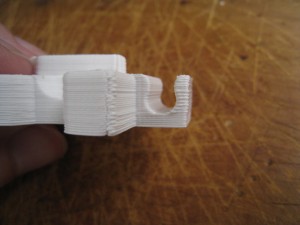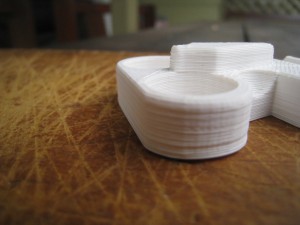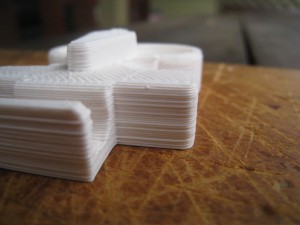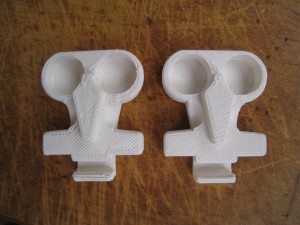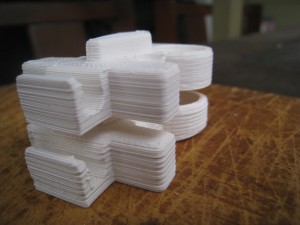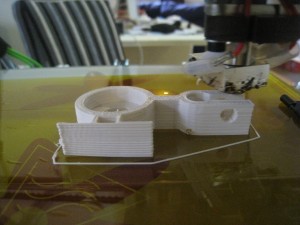This is a copy of the post I made to the Australian Reprap forums.
The Part Per Month Project
Background
Back when Reprap was young, it was a principle of the project that all printers would print out and give away one set of parts, to help the project grow. This idea has largely fallen into disuse over the last couple of years, but the idea is a good one. However, printing out a full set of parts is a fairly daunting task, and requires a fair amount of printing time and material.
In addition, there are numerous organisations and individuals out there who could benefit from receiving the ‘seed parts’ for a 3D printer.
This proposal is an idea that I’ve had for a while. Now I’ve got my printer up and running to a decent level of quality that I can make parts that I would be willing for someone else to use, I thought I’d put it to the group.
Proposal
As the name suggests, this project will seek to enlist members to print out one part per month. These parts will be sent to recipients who can benefit and use these parts to build their own 3D printer.
The printer will be divided up into the following parts:
- Frame Vertex w/ Foot No. 1
- Frame Vertex w/ Foot No. 2
- Frame Vertex w/ Foot No. 3
- Frame Vertex w/ Foot No. 4
- Frame Upper Vertex No. 1
- Frame Upper Vertex No. 2
- Z-Motor Mount 1
- Z-Motor Mount 2
- X-End Idler
- X-End Motor
- X-Carriage
- Extruder
- Extruder Gears
- Y-Motor mount and X & Y-Motor pulleys
- Z-Axis couplings x 2 plus Endstop holders x 3
- Bushings x 12
- Bar clamp x 8
- Belt-clamp x 4 plus rod-clamp x 2
As can be seen, this will require eighteen people in the project. At the start of each month, a recipient will be selected from a group-agreed list. The members of that project will then print out their pieces and mail them off individually to the recipient. This keeps the administration of the project to a minimum, but does require the project members to keep their word and mail off their parts.
Just about all of these parts can be printed in an hour or less, and only use a few grams of plastic, so it only represents a modest investment. Most likely, the postage for each part will cost you more than the plastic.
Many of us aren’t part designers, or wiki writers. We don’t contribute much back to the Reprap community other than through helping people in these forums. This project will be a way for us to give back to the Reprap community, using the very tool that community helped us to create.
Call for Members and Recipients
If you’re interested in joining this project, please respond to this thread, stating which part you’d like to print. Personally, I’d like to print part ‘7’.
In addition, I’m also seeking to create a list of recipients. If you know of worthwhile recipients, post them up and we can discuss and add them to the list. Suggested recipients: Hackerspaces, schools, uni labs, maybe even as prizes for STEM competitions. Since this is an Australian forum, I’d suggest keeping it to Australian recipients for now.
FAQs
Here’s some questions I’ve anticipated. I’ll add more to the list as they get asked.
Q: I only print in PLA / ABS! How will mixed parts work?
A: I can’t see any problem with having mixed printers. My only suggestion is that people who only print in PLA sign up for the ‘PLA recommended’ parts first, ie bushings, and ABS-only printers sign up for the ‘hot’-pieces first (X-Carriage, Extruder).
Q: I don’t want to print out any parts, but I’d like to help in other ways!
A: If you’d like to help, let me know. There are plenty of other ways you could assist. For example you may wish to donate a couple of metres of ‘starter’ filament, or machine up a hobbed bolt, or a couple of bits for the hot-end. Make a suggestion!
Q: Which set of pieces should we print? There are so many variations, ie, printer feet, linear bearings, etc.
A: To start with, we’ll only print up the ‘Prusa standard’ parts list. I’d suggest that we fully embrace the ‘iteration 2’ Prusa. To ease confusion, we’ll probably create a github repository, with only the PPMP parts in it.
But I don’t want to be too rigid. If someone’s willing to donate the linear bearings, then we may go for LB pieces. Likewise, if someone is willing to print up the extruder and the gears, then that person can choose which one they print. Depending on the number of people, and their willingness, we may also choose some pieces such as the ‘combined frame axis and Z-Motor Mount’ parts.
Q: What if we don’t get eighteen people involved?
A: If we only get nine people, then I’d suggest that we keep the ‘one part per month’, just have different parts on alternate months, and thus the project will donate one full set every two months.
Q: Sounds great! When do we start?
A: I think it’d be best if we target the start of April as the starting date. This will give everyone enough time to sign up to the project, practice ‘their’ pieces, and be ready to go in the start of April.
